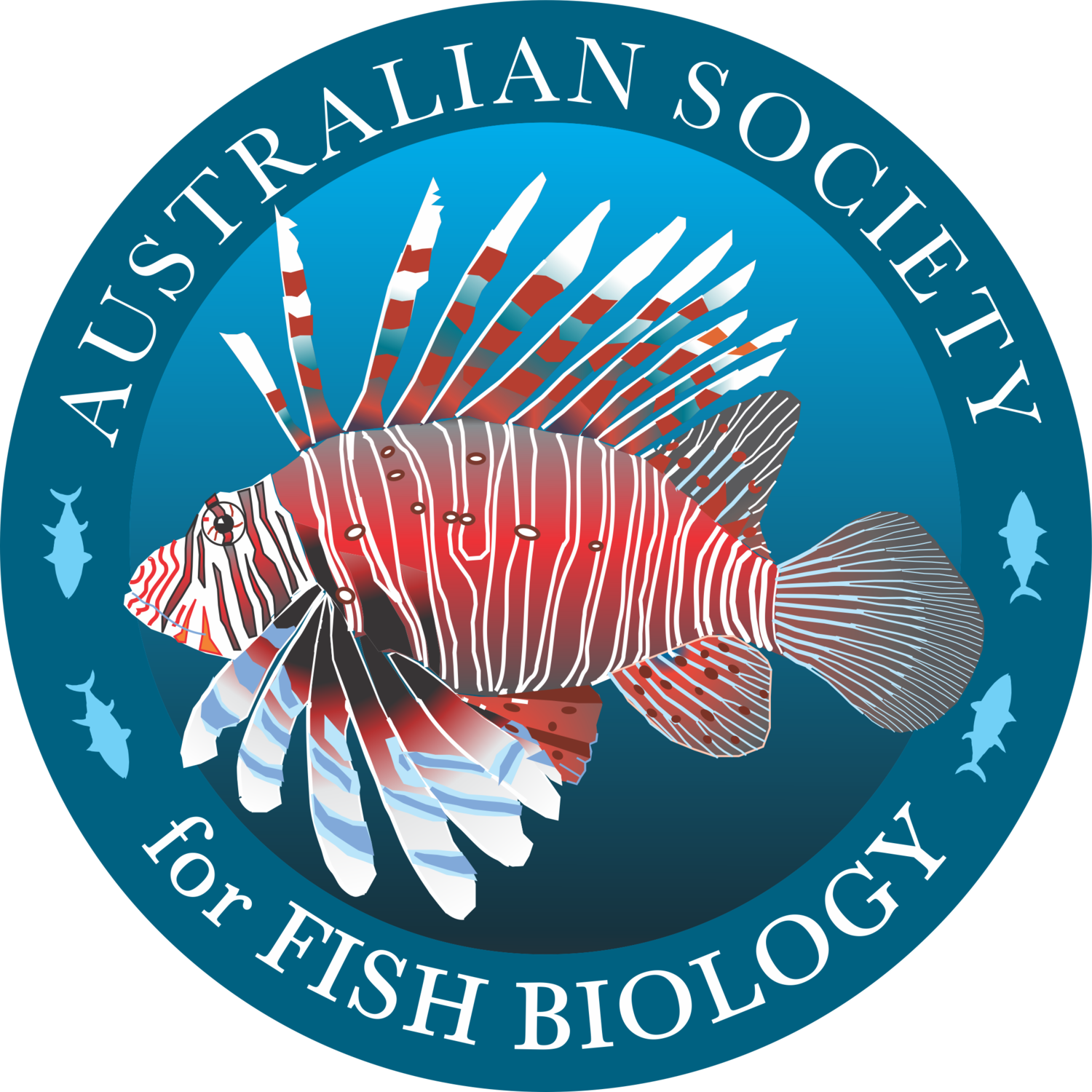Patricia Dixon
Patricia I. Dixon was the first women President of the society (1997-1999) and instigated the Student International Travel Scholarship to support a student to present at an international conference that is relevant to the activities of the Society. She was Vice President for the two years before she was President and was also on the executive for two years following her Presidency. She took an active role in judging student oral presentations and posters at the annual conferences.
Pat initially undertook a teaching degree and was appointed at University of New South Wales in the mid 1960s. She was a senior tutor for 20 years (1965-1985) during which time she completed her PhD. Her PhD degree, undertaken in the School of Zoology at UNSW, was on the ecological genetics of Anadara trapezia (the Sydney cockle) with particular reference to its haemoglobin, which she completed in 1975. She was a lecturer during 1986 and 1987 and a senior lecturer from 1988 to 1999. Pat then became an Honorary Visiting Fellow in 2000. She played a key role in the establishment of the UNSW Centre for Marine Science in the mid 1980s and was its first Director. She was instrumental in introducing specialist marine courses to the BSc degree including Introductory Marine Science in 2nd year and Physical Oceanography in 3rd year. She also introduced a field trip to Lady Elliott Island on the Great Barrier Reef to teach students about tropical ecosystems. These courses all still exist at the University of New South Wales.
Pat is remembered for providing unstinting help for students and her amazing organisational skills. Pat’s exceptional organisational skills led to her being called on to organise laboratory classes, and the logistics for annual field trips to Smith’s Lake (lower north coast of NSW), which were legendary among UNSW undergraduates. She supervised or co-supervised (with John McIntyre) numerous PhD and Masters students and was known for her strong support of international students particularly from Iran and Iraq. She was also a strong advocate for women in science.
Research wise, Pat pioneered allozyme methods for fisheries stock identification and discrimination. Today, the original allozyme information on stock structure for many species including pilchards, orange roughy, commercially important whiting species, carp, mulloway and whaler sharks is from work undertaken by Pat or her research students and forms the basis for other genetic/genomic approaches. Much of this research was funded through the Fishing Industry Research and Development Council (now Fisheries Research and Development Corporation). She edited the proceedings on population genetics & its applications to fisheries management & aquaculture, which was organized by the Centre for Marine Science at UNSW with assistance from the Fisheries Industry Research and Development Council in 1990.
Pat was one of the original NSW Fisheries Scientific Committee (FSC) (who make recommendations about the conservation status of aquatic organisms, aquatic habitats and key threatening processes to the NSW Government) members appointed in 1998 when the FSC was first established. She served on the committee until 2007 and was chair for the period 2001-2007. During that time she oversaw 10 listings including 3 endangered ecological communities, 4 key threatening processes and 3 species.
Selected publications:
Kobayashi T, Gibbs P, Dixon PI, Shiel RJ (1996) Grazing by a river zooplankton community: importance of microzooplankton. Marine & Freshwater Research 47, 1025-1036.
Kobayashi T, Shiel RJ, Gibbs P, Dixon PI (1998) Freshwater zooplankton in the Hawkesbury-Nepean River: comparison of community structure with other rivers. Hydrobiologia 377, 133-145.
Davis KM, Dixon PI, Harris JH (1999) Allozyme and mitochondrial DNA analysis of carp, Cyprinus carpio L., from south-eastern Australia. Marine & Freshwater Research 50, 253-260.
Chan RWK, Dixon PI, Pepperell JG, Reid DD (2003) Application of DNA-based techniques for the identification of whaler sharks (Carcharhinus spp.) caught in protective beach meshing and by recreational fisheries off the coast of New South Wales. Fishery Bulletin 101, 910-914
Pat enjoying a chat with fellow ASFB members Ken Graham & Richard Tilzey on the ferry to the ‘Peppermint Bay’ Conference dinner in Hobart, 2006.


